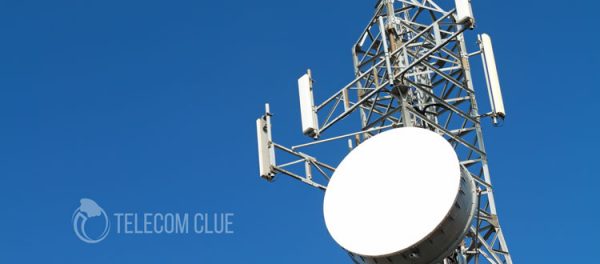Aiming to set up telecom infrastructure faster and in a bid to improve service quality, the RoW (Right of Way) guidelines facilitate quicker acquisition of land for setting up mobile towers and laying fibre. Cellular operator’s body COAI has said that new rules on installation of mobile towers and laying of optical cables will reduce call drops, rev up broadband speeds and improve service quality for consumers.
Operators have often blamed local authorities for creating unnecessary hurdles in deployment of infrastructure, especially in granting permissions, thereby delaying network rollouts. Telcos also complained to have shelled out abnormally high prices for RoW and face different levies. At times, charges have been as high as Rs 7 crore per kilometre for laying underground cables.
The DoT (Department of Telecommunications) has framed the new RoW (Right of Way) rules for telecom infrastructure and it proposes that authorities concerned should not impose any fee, charge, lease rental, or licence fee other than expenses incurred. Moreover, the guidelines propose that a RoW permit would have to be granted within 60 days of application. In case of rejection, a reason would have to be given in writing.
The rules are comprehensive and will address critical issues faced by industry in installation of cell towers and deploying fibre in various States. DoT, by notifying these rules under Indian Telegraph Act, 1885, has asserted the Centre’s right to giving instructions to local authorities and municipalities to ensure time-bound rollout of telecom network.





